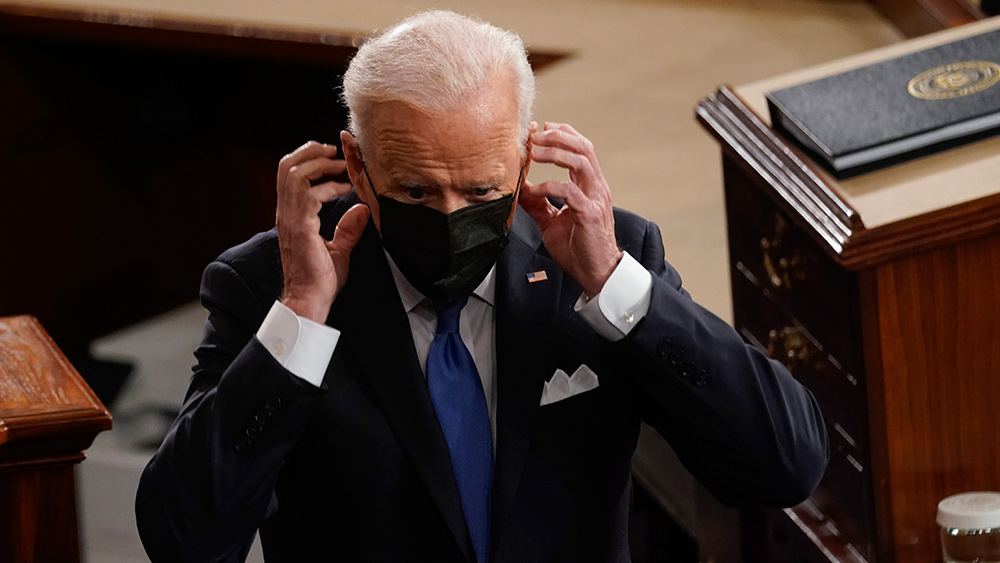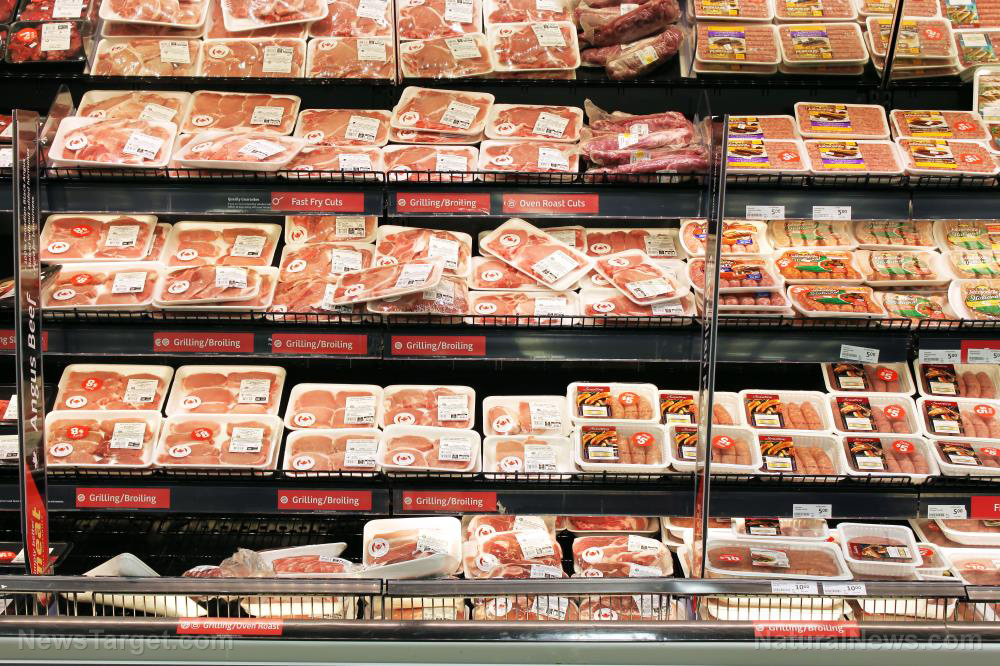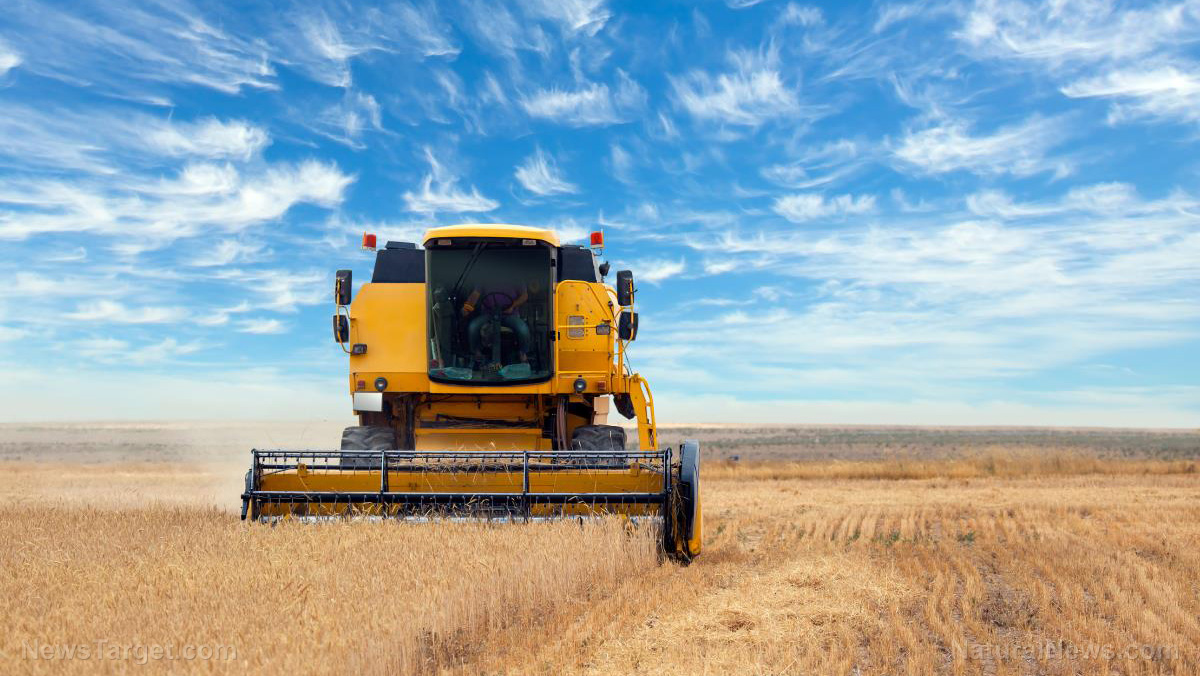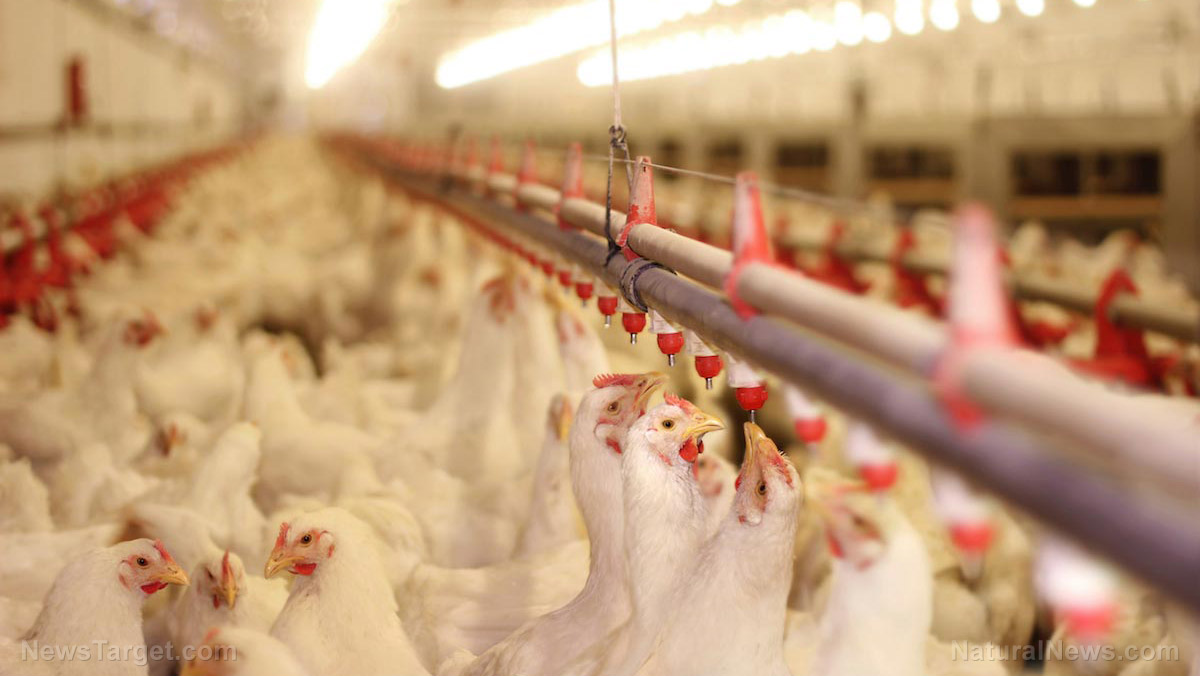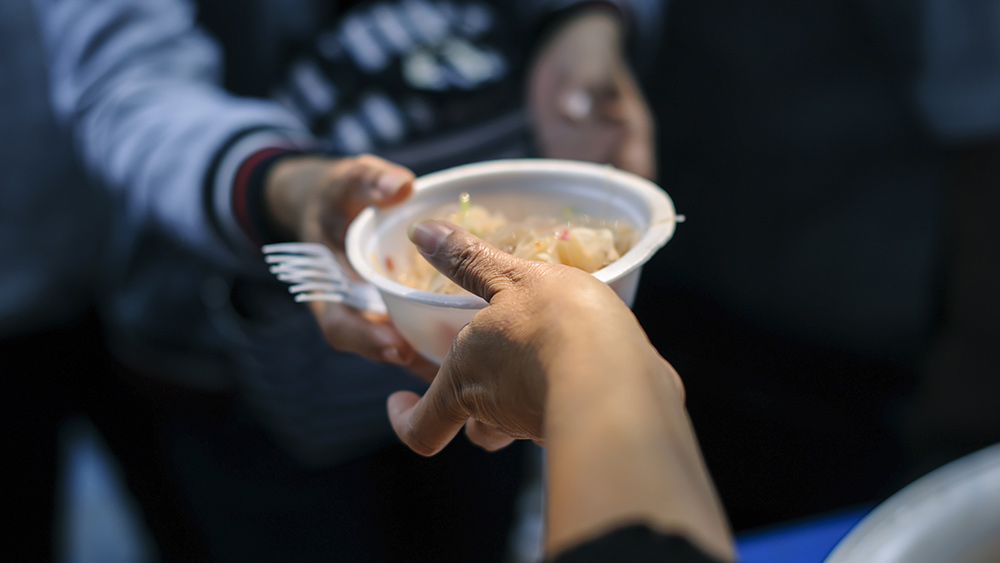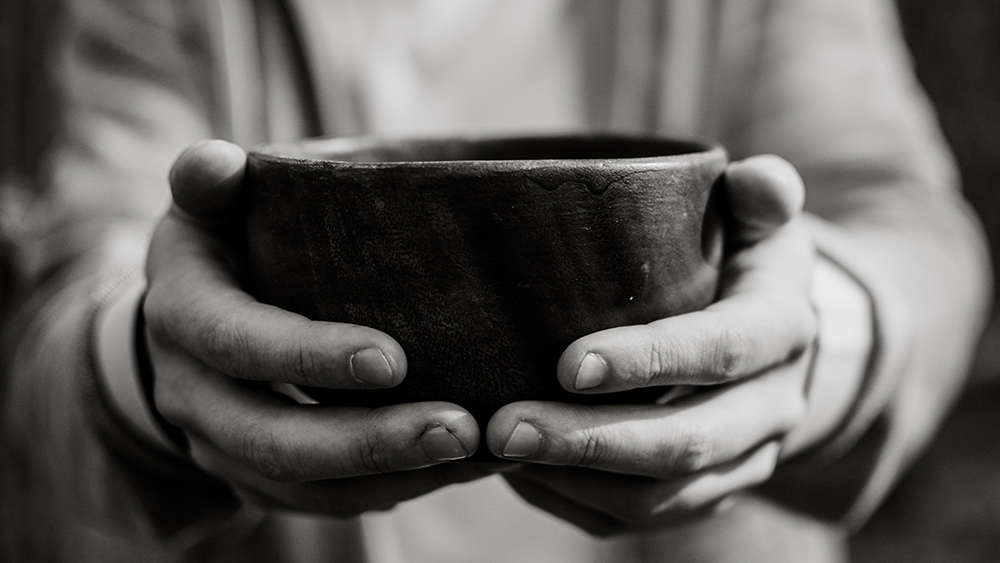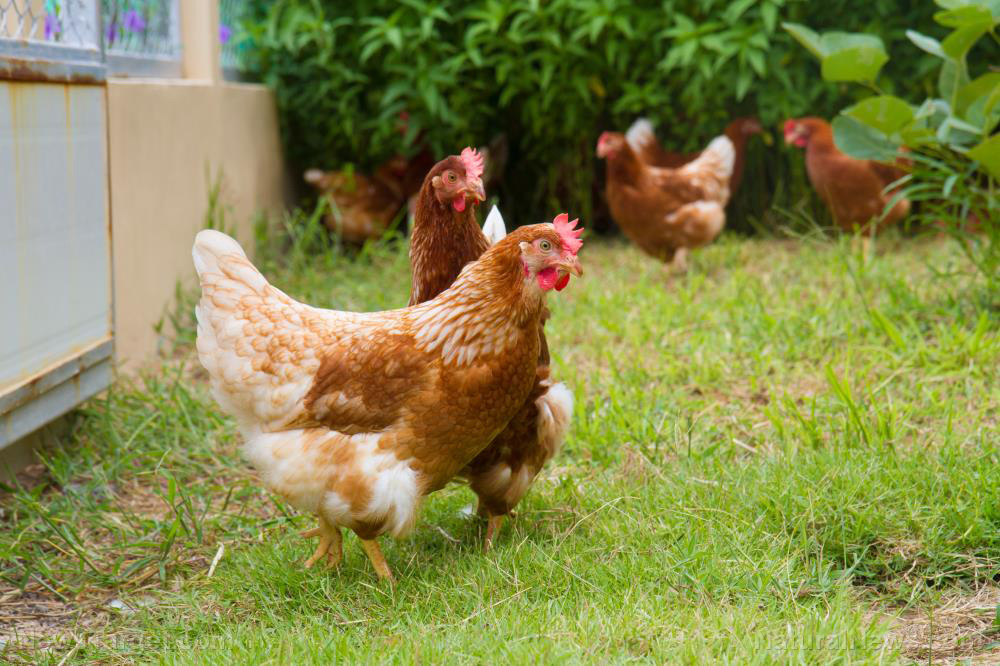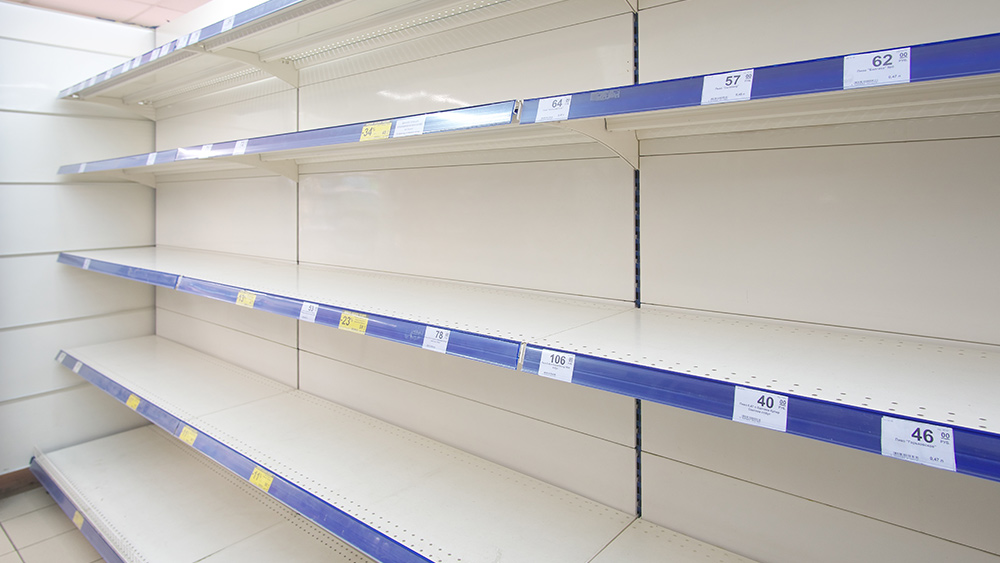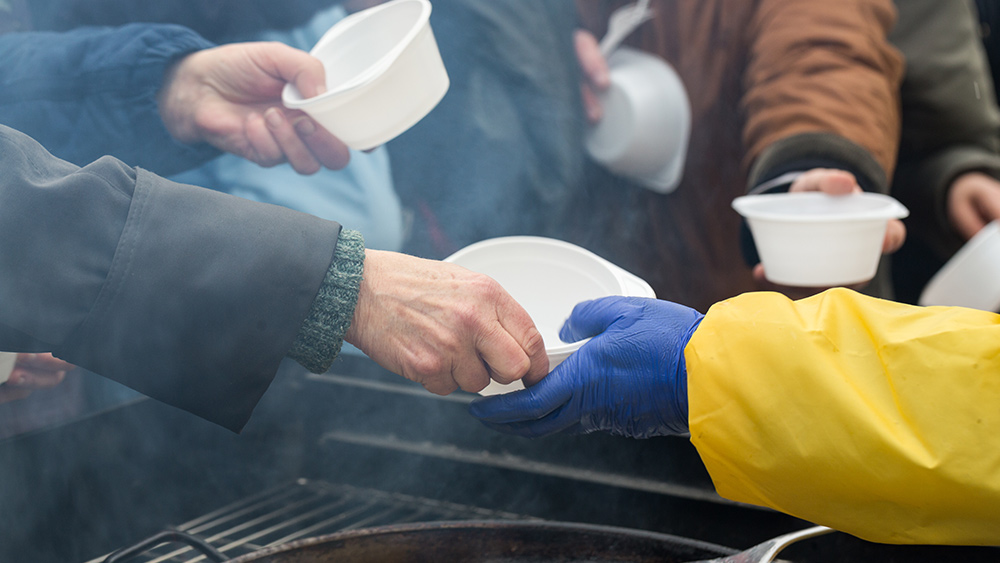High inflation in Pakistan triggers FOOD RIOTS
04/05/2023 / By Ramon Tomey

Consumer price inflation (CPI) in the South Asian nation of Pakistan jumped to an all-time high, triggering food riots.
On April 1, the Pakistan Bureau of Statistics (PBS) said the country’s CPI jumped to a record 35.37 percent in March from a year earlier. It surpassed the 31.5 percent number recorded in February 2023 – with prices of food, beverage and transport surging up to 50 percent year-over-year (YOY). A PBS spokesman said the 35.37 percent CPI was the highest ever YOY increase recorded by the bureau since it began recording monthly numbers in the 1970s.
According to the PSB, annual food inflation in March was at 47.1 percent in urban areas and 50.2 percent in rural areas. Core inflation – without food and energy prices – stood at 18.6 percent in urban areas and 23.1 percent in rural areas. (Related: Pakistan suffering through highest-ever annual inflation; stampedes for food have already killed 16 people.)
Pakistan has been in an economic downturn for months with an acute balance of payments crisis, with its foreign reserves dwindling to levels sufficient for barely four weeks of imports. To make matters worse, talks with the International Monetary Fund to secure $1.1 billion in funding – part of a $6.5 billion bailout agreed upon in 2019 – have not been productive.
A monthly economic outlook report issued March 31 by the Pakistani Ministry of Finance and Revenue projected that inflation would remain elevated. It cited several reasons for the continued inflation, such as market frictions caused by relative demand and supply gaps of essential items, exchange rate depreciation and the recent upward adjustment in fuel prices.
16 Dead in food riots at distribution centers
Given Pakistan’s ongoing food inflation, several flour distribution centers – with some set up by Islamabad to mitigate the effects of high food prices – have been established across the country. However, these centers have been the venue of stampedes that killed at least 16, according to law enforcement. Thousands of bags of flour have also been looted from trucks and distribution points.
Amir Mir, the information minister for Pakistan’s Punjab province, confirmed that four people died on March 30 at a distribution site in the province’s eastern portion. Two of the four casualties were women, and two also had underlying health conditions.
“Several were injured because of the rush at some spots,” Mir told Reuters.
A week earlier, another person was killed in a stampede at a separate distribution center. The provincial food authority of northwestern Khyber Pakhtunkhwa confirmed the incident, based on records it shared with Reuters. The records also confirmed that thousands of bags of flour had been looted.
On March 31, 11 people were killed in a stampede at a local factory turned into a makeshift distribution center in the southern city of Karachi. According to a separate Reuters report, the food aid distribution center had been operated by a charity. The stampede at the former Pakistani capital also injured five others.
Watch this video about the westernmost Pakistani province of Balochistan running out of wheat.
This video is from the WAKE UP channel on Brighteon.com.
More related stories:
FOOD COLLAPSE: South African riots shut down exports of sugar cane, citrus as farms burn.
Food riots: Violent protests erupt in Sri Lanka and Iran as prices of everyday goods soar.
Food and fuel shortages, price spikes continue to get worse in protest-hit Ecuador.
Sources include:
Submit a correction >>
Tagged Under:
big government, bubble, chaos, collapse, consumer price inflation, core inflation, economic collapse, economic riot, food collapse, food inflation, food riots, food supply, hunger, market crash, national security, Pakistan, panic, rioting, stampede, starvation
This article may contain statements that reflect the opinion of the author
RECENT NEWS & ARTICLES
FoodRationing.news is a fact-based public education website published by FoodRationing News Features, LLC.
All content copyright © 2021 by FoodRationing News Features, LLC.
Contact Us with Tips or Corrections
All trademarks, registered trademarks and servicemarks mentioned on this site are the property of their respective owners.


